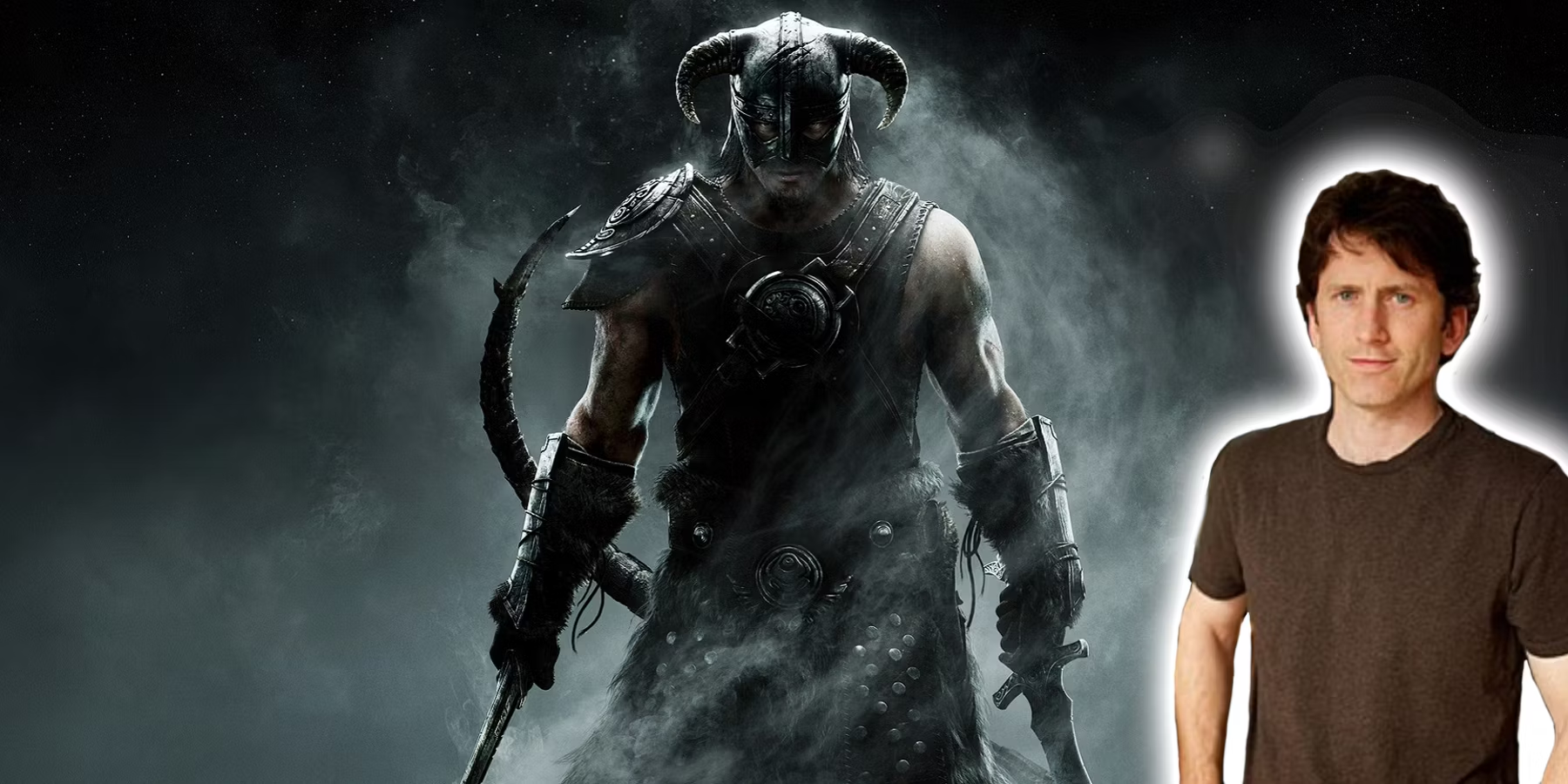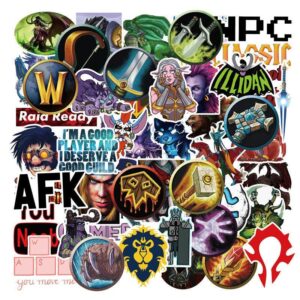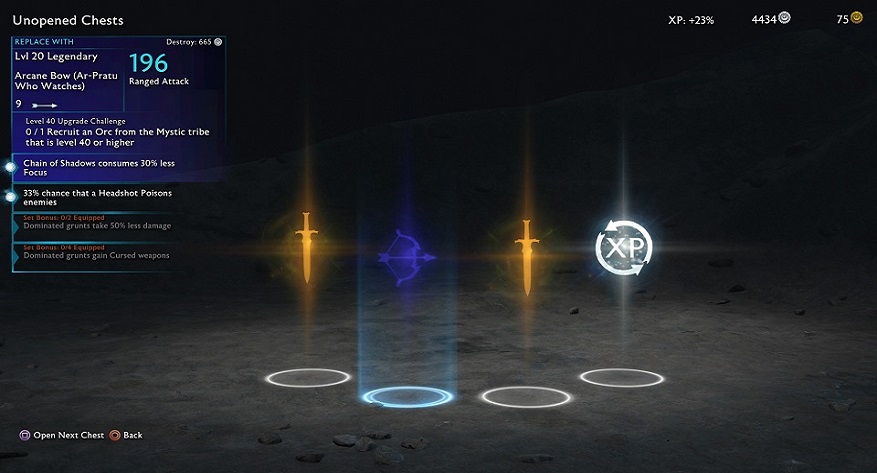 Microtransactions are Getting Out of Hand 0Be First! byJonathan ThornburgOctober 18, 2017Editorials
Microtransactions are Getting Out of Hand 0Be First! byJonathan ThornburgOctober 18, 2017Editorials
A Slippery Slope
Let’s talk about loot boxes and premium currency. Somewhere in the last couple of years, mobile games created a new way to make money. The traditional method involved just buying the game or watching advertisements. They then found that, if they made their game free to play, they could sell a second type of currency for real money that would help the player unlock parts of their game faster. These micro-transactions mattered little at one point, as they were there to be used by the most impatient people. Then someone found out that profits would increase exponentially if they made them more enticing or even almost necessary to continue progressing.
Micro-transactions barely registered at first, but almost overnight every publisher implemented them. Yeah, it was annoying, but it went overlooked because the free games needed to make money too. Eventually, the real money economy allowed these games to make tons of cash by exploiting people with a predilection towards gambling or no self control. It was a true bull market. Now, it’s nearly impossible to find a mobile game that doesn’t have these transactions, ruled by timers and energy units and $99.99 “best value” packages of premium currency. Again, this was okay because the games were free.
The Rise of Loot Boxes
Recently, they found another way to make money. Boxes with random drops of loot could be sold for real money, and people would pay for the chance to get rare gear. A good example of this would be Team Fortress 2, with hat crates. This was soon made more insane by the necessity to buy not only the crate, but a single use key in two different microtransactions, such as with CounterStrike: Global Offensive. Trading card games or Clash of Clans wannabes also included what are now known as “Loot Boxes.” Some games kept things fair by only having cosmetic items, but some games exist put weapons or other powerups in the boxes that would give unfair advantages to players.
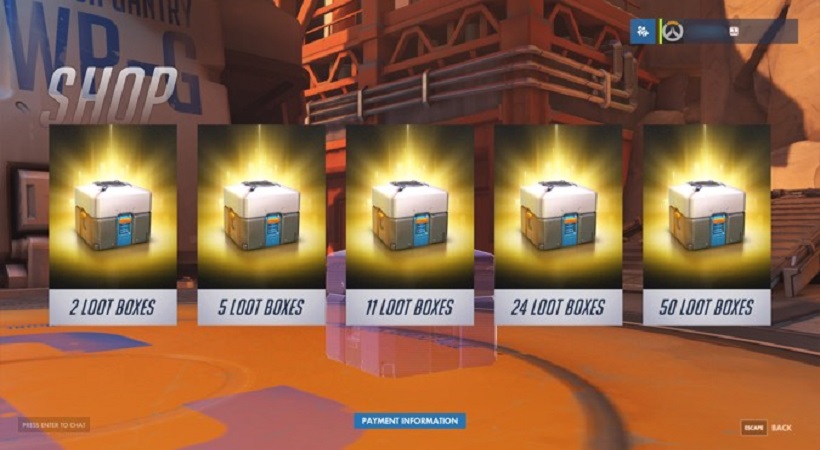

Popular First Person Shooter Overwatch is one of the most popular examples of Loot Boxes.
The AAA Space
So, what do you think the AAA game companies did when they saw the massive amounts of mobile games made? Of course, some of them put a fair amount of time and money into making their own mobile games. This usually worked out poorly (I’m looking at you Sim City Buildit). They also got away with implementing the mobile game meters and timers. Well, if there are the meters, then it was only a matter of time until the real money currency microtransactions would follow.
DLC and other microtransactions have plagued the gaming industry for years, since connecting a console or a PC to high speed internet. The first couple of console experiments like Oblivion horse armor pale in comparison to what followed. Companies have thrown ideas against a wall to see what stuck. Companies employ many different types of microtransactions: on disk DLC, paying for the true ending, buying level up power-ups, online passes, the list goes on and on. With the advent of loot boxes, gaming publishers had a surefire way to make more money than the retail price tag.
Single Player Microtransactions
This week, Middle Earth: Shadow of War released. According to an early word from the publisher, players have access to loot boxes (purchasable with real cheese). These would give the player anything from weapons to high level orcs that give the player a real advantage in combat. Most multiplayer games strive to keep loot boxes balanced to avoid turning their game into a pay to win. Shadow of War is a strictly single-player experience. This just cheapens the experience, but doesn’t really hurt anybody, right? Well, the first previews are in and things look grim. They say that to experience the real ending, players need to buy loot boxes. Otherwise, they face a painful grind to get the army needed to complete the final act. For all intents and purposes, the game forces players to purchase the loot boxes to keep their games from becoming an intense slog of a grind.
The Road So Far…
The first game that I can really remember being ruined with these microtransactions (even though it was far from the first) was Metal Gear Solid 5. The gameplay continued the “research” gameplay from the previous entry in the series. For whatever reason, Konami decided to throw in “Mother Base Coins” to allow for all sorts of crazy things. Don’t want to wait for that meter to fill? Speed it up with Mother Base Coins! Don’t want your base to be attacked by other players? Buy some insurance with some Mother Base Coins! Even if you want to just want to play the game, reminders of Mother Base Coins are often thrown into your face along with the menu to buy being only a couple clicks away.
All of this in a $60.00 retail game ($90.00 if you purchased the separately sold intro chapter Ground Zeroes). Unfortunately, this would be the beginning of a crazy time in video games.
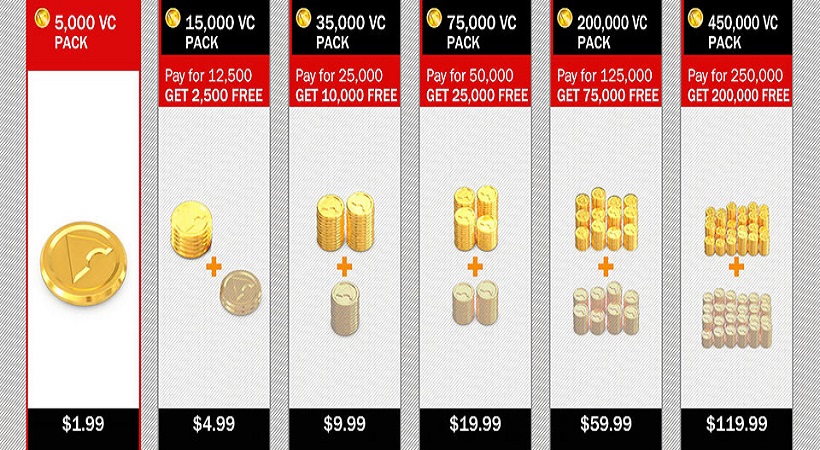

Make sure to check out the $119.99 Best Value!
2017 And Beyond
As time goes on, video games will embrace the culture of micro-transactions and loot boxes more and more. It is 2017, and it is an exception when a high-profile release doesn’t have micro-transactions. This year alone, NBA 2K18 was released with stats upgrades using “gold” currency to purchase. Of course, this gold is unlockable in game, but at a glacial pace, which entices players to use real money to pay for packs of gold.
This is just one more full price retail title using the F2P strategies to make more money. From the company’s perspective, this adds to the profits that they see at the end of the day. From a consumer prospective, however, this is offensive. It is a flagrant disregard for the consumer’s time in the search for more profit. It creates a system where consumers are forced to either part with large sums of time for slow progress, or part with money to have a good ratio of progress to time.
There will always be the people that will pay the extra expense to get ahead if given the opportunity. I’m not against the practice of adding “time savers” for people who want them. I am against the practice of punishing the consumers who do not buy them. Many customers have financial constraints or just want to play through the vanilla game. It seems that as time goes on, companies are falling into the later situation.
What Can Be Done?
I think that it would be better if companies would just create a new pricing structure. Maybe have some games that are priced sub-$60 (games that are not re-releases), and if a game would need micro-transactions, then maybe just price the game higher than $60 and keep the micro-transactions as a truly cosmetic decision. DLC, micro-transactions, and loot boxes are not an inherently bad practice. It becomes bad when they become necessary to have a good time with a game. For consumers, the necessity feels slimy and turns the game from an escape to another bill to be paid.
Are loot boxes and microtransactions getting out of hand? Yes, a million times yes! It has gotten to the point where I actively stay away from a game that has them. I don’t want to run the risk that I may feel expected to buy them. It’s annoying to deal with the constant pop ups and hard selling of loot boxes and premium currencies. If I want to deal with them, I will play iPhone games, thank you very much.
We are not past the point of no return with regards to microtransactions. But if something isn’t done soon, then I fear that video games will become even worse as the corporations become somehow bolder and try to squeeze more blood from the stone.






